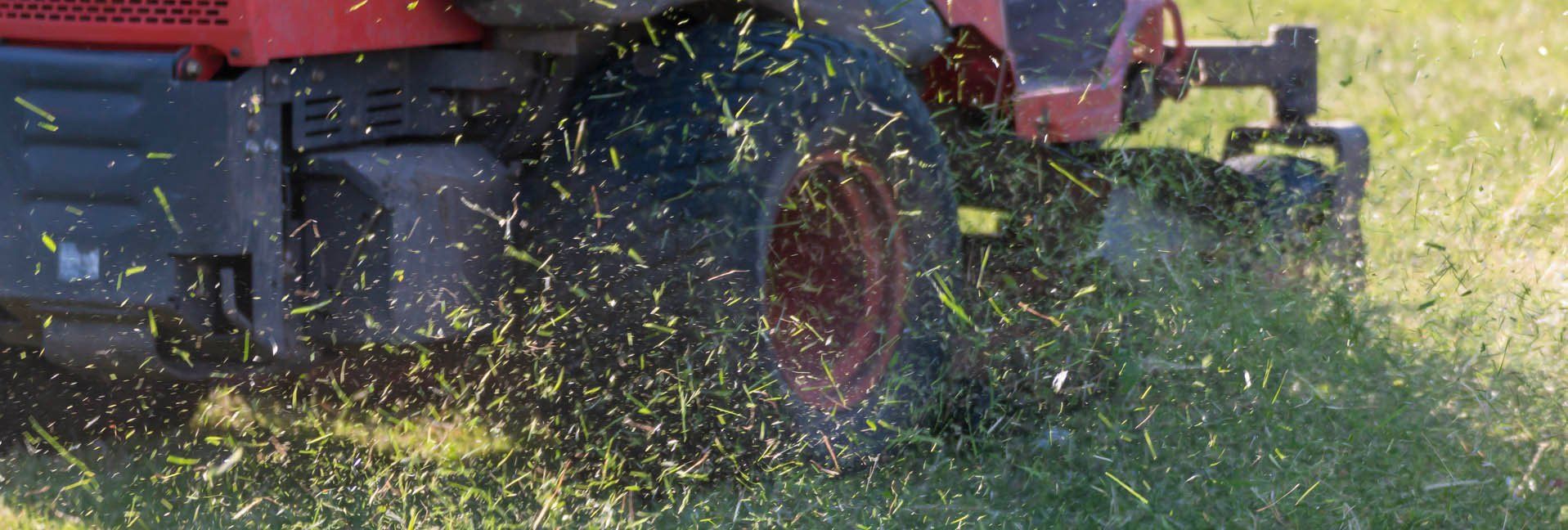Springtime Mower Prep - How 30 minutes will get mowing off to an easy start


Your lawnmower may have hummed along perfectly all last summer, but after a long winter, it’S a battle to get it started: You pull and pull the starter cord, fiddle with the air cleaner, carburetor, and fuel lines, and let a few expletives fly—all to no avail.
What could the problem be?
It’s a gas, man
Actually, the gas. Over the winter, the last year’s gasoline in your can has lost its ginger. Many of the combustibles have evaporated or settled, so getting it to burn is like trying to ignite a wet paper towel. That means with that first pull, you have that weak gas flooding the combustion chamber.
Don't fret—even if you didn’t use a fuel stabilizer last fall, like Sta-Bil, that same company makes a fuel system revitalizer, Start Your Engines!, which removes moisture from ethanol-blended fuel and brings some needed punch to the combustion process.
Be hands-on
So if your gasoline is fresh or juiced-up with a fuel revitalizer there are other things to do, even before giving the first tug on that starting rope.
• Clean your mower top-to-bottom. Use a brush to scrape caked-on grass from the mower deck, and a putty knife to pick out tricky corners.
SAFETY TIP: Remove the wire from the spark plug before working anywhere near the blade.
• While the wire is off, remove the spark plug. Is the business-end light gray and intact? Then you are good-to-go. Anything other than light gray is suspect, but you can always buy a new plug, and they often come properly gapped from the factory, too.
• Replace or clean the air filter—your mower won’t start if it can’t breathe. Air cleaners are inexpensive and help protect the motor from advanced wear.
Hit the deck
Everything takes a lot of abuse every summer. Putting the deck back into fine fettle can make this upcoming chore more of a pleasure.
• Remove the blade and use a grinding wheel to put a shiny, sharp edge back on. No grinder? Your local mower shop or hardware can handle this.
• Self -propelled mowers have their own special problems. Clean anything related to the drive mechanisms, and apply spray lubricant to clean and protect controls for the coming season.
• Wheels are often neglected, and they shouldn’t be. Check mounting bolts for tightness, and snug everything down. Self-propelled mowers will “drive” better with new wheels, and your mower height will be accurate.
A little willingness to get your hands dirty and spend some time preparing your lawnmower for the upcoming season can mean the difference between #$&@ and vroom!
Tags:Garden & Landscape

Acreage Life is part of the Catalyst Communications Network publication family.
















